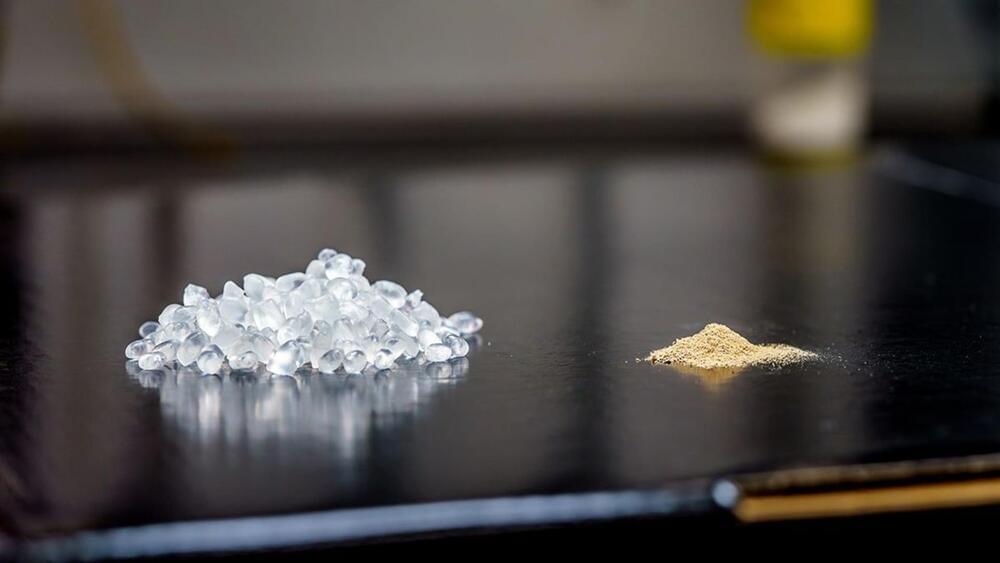See how the LinkedIn co-founder explores the limits of AI with a digital clone that looks, sounds, and even breathes like him.
Get the latest international news and world events from around the world.
How NASA’s XRISM captures space data with just 36 pixels
Resolve specializes in detecting “soft” X-rays, a form of light with energies 5,000 times greater than visible light. This allows it to pierce through the veil and observe the universe’s most violent and energetic phenomena: supermassive black holes, sprawling galaxy clusters, and the fiery aftermath of supernovae.
However, these 36 pixels are far from ordinary. They function as a “microcalorimeter spectrometer,” explains Brian Williams, NASA’s XRISM project scientist. Each pixel acts like a miniature thermometer, meticulously measuring the temperature change caused by an incoming X-ray. This seemingly simple act reveals a wealth of information.


This Chinese drone turns into a lifebuoy to rescue drowning swimmers
The TY-3R Air-Water Rescue Drone system was designed with maintainability in mind. Four hatches on the drone provide access for maintenance or replace batteries.
Didiok Makings envisions the TY-3R to become an integral tool for emergency responders, law enforcement agencies, and maritime organizations dedicated to safeguarding lives on water. The company has set up an after-sales department and flight test base to provide customers and operators with optimal service and training.



China’s new water-based battery can revolutionize EVs
Researchers in China have developed a water-based battery, which is claimed to be much safer and energy-efficient than “highly flammable” non-aqueous lithium batteries.
Interestingly, the researchers say that these new batteries will be twice as energy-dense as traditional lithium-ion options. This holds the potential to revolutionize the electric vehicle industry.
Moreover, aqueous batteries use water as the solvent for electrolytes, enhancing their safety. Traditional non-aqueous lithium-ion batteries have a high energy density, but their safety is compromised due to the flammable organic electrolytes, a component that allows the battery to charge and discharge, they utilize.
World’s first fully electric robot boasts 550 trillion ops, 4mph speed
Beijing Humanoid Robot Innovation Center Company has developed the world’s first humanoid robot that can sprint at a steady speed of 3.73 mph.
